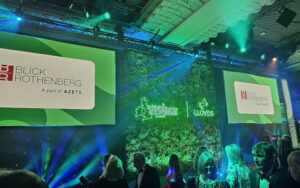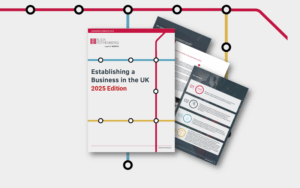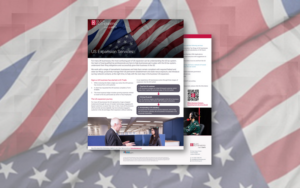Chancellor acts on VAT for energy saving materials
It was with some satisfaction that we saw the Chancellor announcing changes to the VAT treatment of energy saving materials in his Spring Statement. These changes saw two of the three measures that Blick Rothenberg were advocating in our previous article on this subject.
So, what did the Chancellor do?
Firstly, he withdrew the rather complex and restrictive social policy conditions and the 60% value test (the ratio between materials and labour). This now means that the full effect of the VAT relief is no longer restricted to social housing and other eligible properties and is no longer restricted to the over 60’s and those in receipt of benefits. The full relief, regardless of the type of residential property and regardless of the value of materials to labour, is now available to all.
The Chancellor went further and not only made the relief more widely available, but he also made the installation of all eligible energy saving materials subject to the zero rate for the next 5 years. He also extended the scope of the relief to include wind and water turbines by adding them to the list of eligible items.
However, it should be noted that these less restrictive rules and the zero rate does not apply to supplies in Northern Ireland. These will still be subject to the 5% rate of VAT under the pre-existing conditions as, under the Northern Ireland Protocol, EU rules must still be followed.
What did the Chancellor not do?
He did not make changes to the requirement for the supply to be primarily one of installation of energy saving material only. This means that in order to qualify for the zero rate, the services have to be a supply and installation of energy saving material in their own right. Where these are part of a larger overall supply of refurbishment, reconstruction or extension to a property, then none of the work is eligible for the zero rate (i.e., there is no scope for apportionment).
HMRC’s revised guidance following the Spring Statement still uses the example of an extension being built to a residential property that includes an element of energy saving materials, such as cavity wall installation. However, as the work being carried out is primarily the construction of an extension, the energy saving materials element is not eligible for any relief. Similarly, no relief is available where a contractor is engaged to undertake a large refurbishment project to a block of flats which includes upgrading the heating system to incorporate solar panels and/or air source heat pumps as part of the overall works. As the contract is not primarily a supply consisting of the installation of energy saving material (as this is only part of a large supply of the overall refurbishment project) HMRC’s guidance still insists that no apportionment can be made and the whole supply remains subject to the 20% rate of VAT. This is at odds with the VAT treatment for most construction services where there is a mix of services subject to different rates of VAT. The law and HMRC’s policy specifically allow for an apportionment (with the reduced or zero rate applying to the value of the relevant supplies)but not for energy saving materials it would appear.
Therefore, there is still no tax incentive to motive the installation of energy saving materials for a significant sector of the construction industry. It would be a relatively straight forward move by the Government to allow the apportionment rules to apply in line with so many other similar types of services.
Contact us
If you would like to discuss any of the above issues or are seeking to mitigate VAT costs on this or any other areas of expenditure, please contact your usual Blick Rothenberg contact or Gabby Donald, using the form below.
Contact Gabby

You may also be interested in

Further Opportunities for US Tech Investment in the UK

Changes to FRS102 and it’s alignment to International standards













